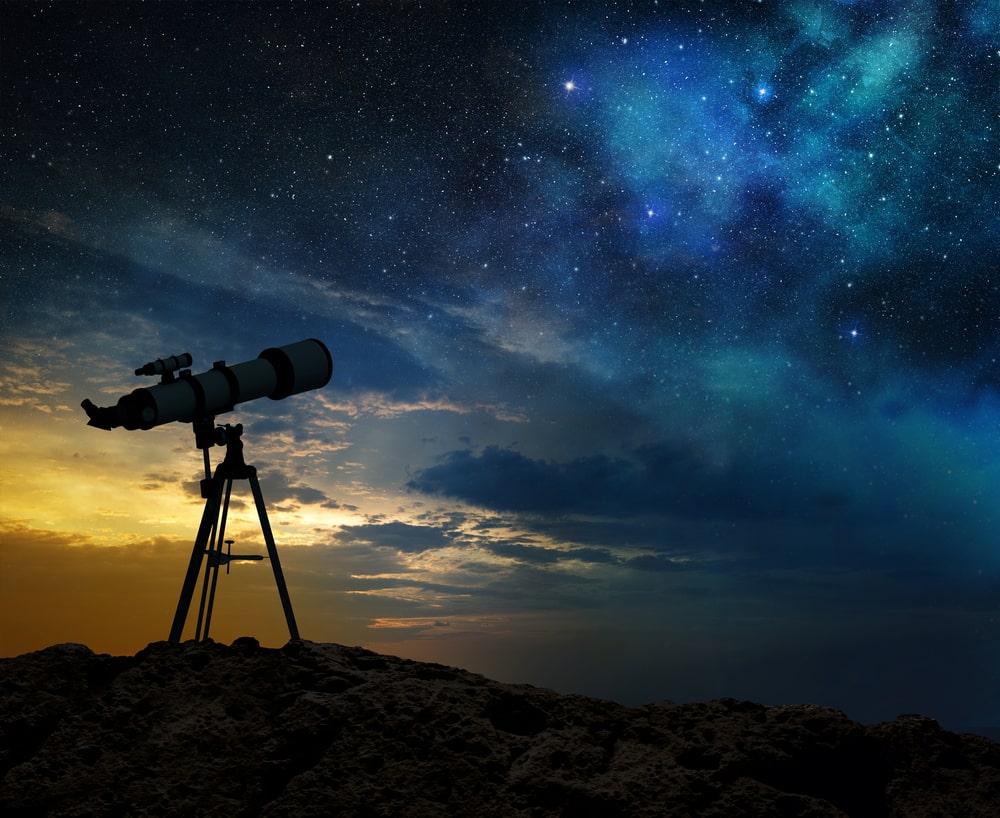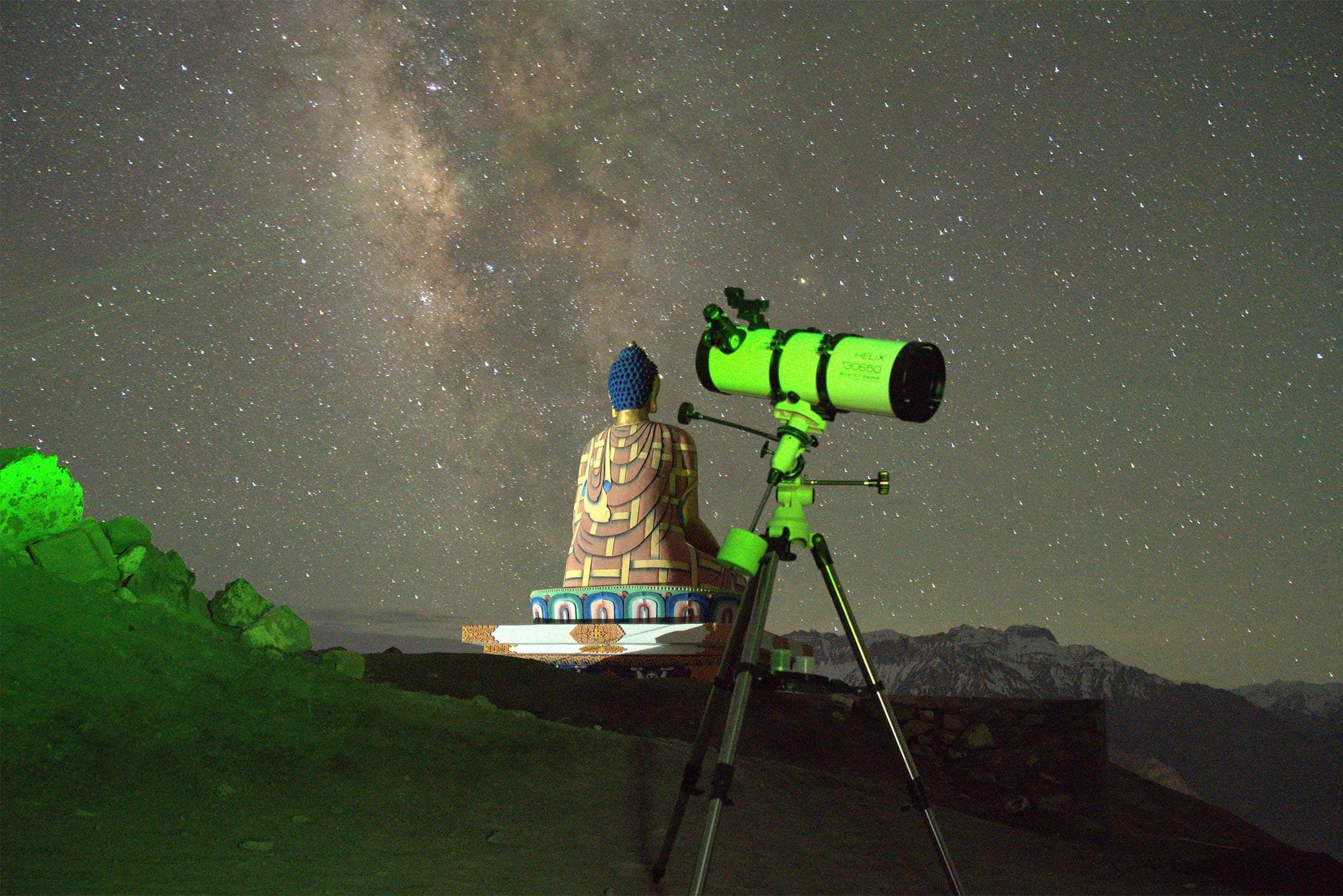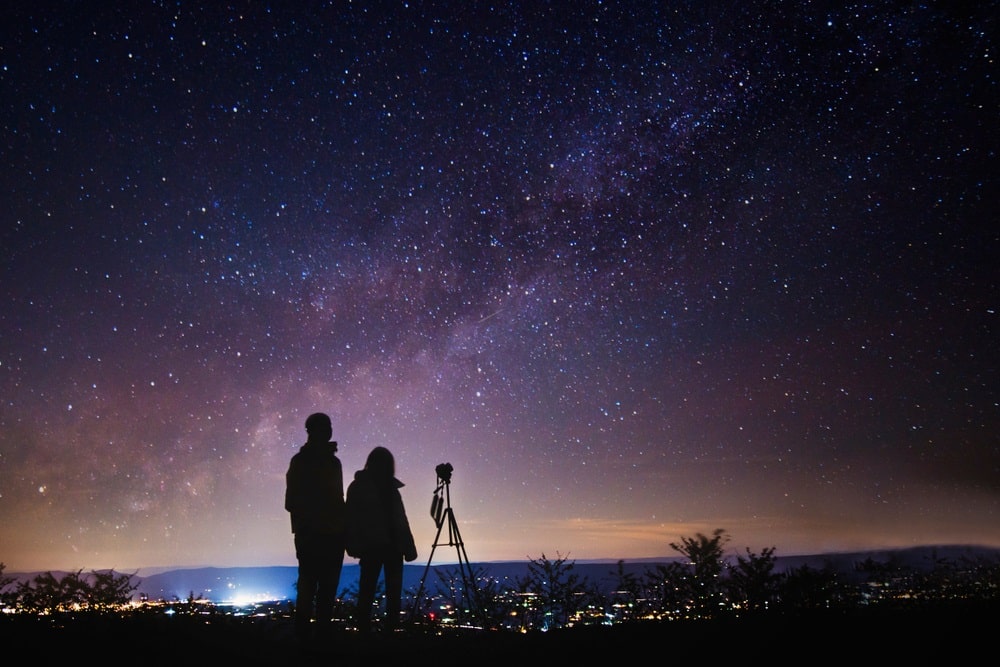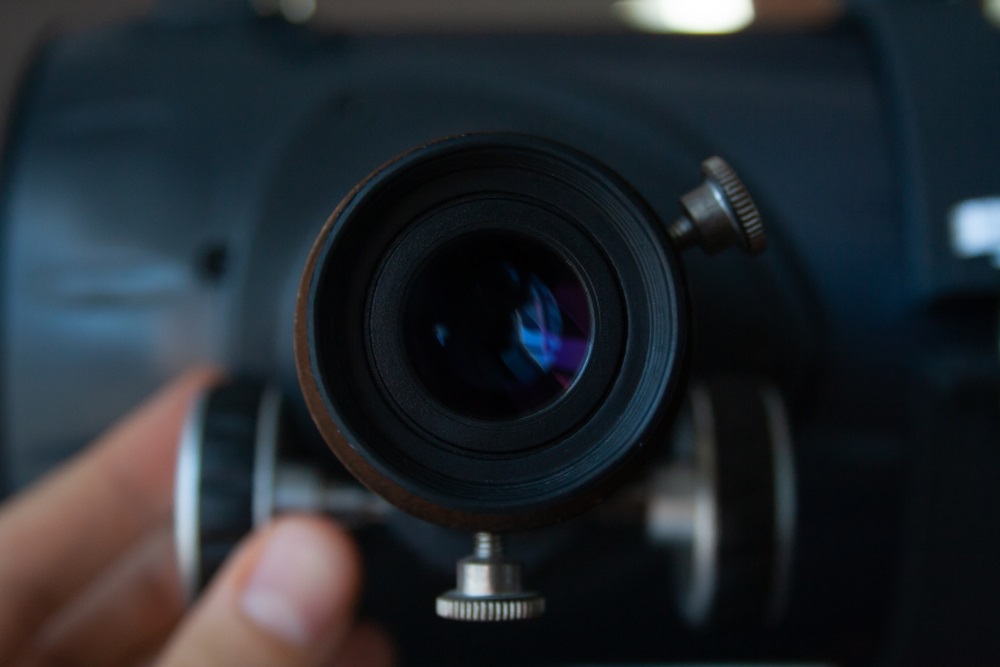A Guide To Choosing The Best Telescopes For Deep Space Astrophotography
March 2023

Deep space astrophotography, which enables the capture of beautiful photos of astronomical bodies far beyond our solar system, is a popular hobby among astronomers and astrophotographers. Yet, the best telescopes for deep space astrophotography are needed to take these pictures.
When choosing a top-notch telescope, there are many factors to consider. The type of telescope, aperture, focal length, mount, and camera are all important considerations that can impact the quality of your images. Reflectors, apochromatic refractors, Dobsonian telescopes, catadioptric telescopes, and computerized telescopes all have advantages and drawbacks, depending on your experience level and budget.
Whether you’re a beginner or an experienced astrophotographer, finding the best telescopes for deep space astrophotography is essential to capture breathtaking images of celestial objects beyond our solar system. Are you looking for the best telescopes for deep space astrophotography? Look no further! In this article, we will discuss the best telescopes for deep space astrophotography and what features to look for when selecting a telescope.
Top Telescopes for Deep Space Astrophotography
There are several things to consider while selecting the ideal telescope for deep space astronomy. The kind of telescope you use, the aperture, the focal length, the mount, and the camera are all crucial factors that could affect the caliber of your photos. Depending on your level of skill and budget, reflectors, apochromatic refractors, Dobsonian telescopes, catadioptric telescopes, and computerized telescopes each have their benefits and downsides.
Reflector Telescopes:
Due to their huge apertures and high light-gathering capability, reflector telescopes are a popular choice for deep space astrophotography. A secondary mirror then reflects the light to the eyepiece or camera after being reflected by the primary mirror. Reflector telescopes are perfect for beginners because they are inexpensive and simple. They can, however, be heavy and need upkeep regularly.
Apochromatic Refractor Telescopes:
High-end telescopes that use specialized glass lenses to correct chromatic aberration provide sharper and more detailed images. They offer great colour fidelity, which is crucial for taking pictures of galaxies and nebulae. However, compared to reflector telescopes, they might be more expensive and have smaller apertures.
Dobsonian Telescopes:
Dobsonian Telescopes are a class of reflector telescopes set on a straightforward yet reliable mount. They are perfect for deep space astrophotography because they are reasonably priced and have big apertures. Yet, they require manual tracking because they are not electronic.
Catadioptric Telescopes:
Catadioptric telescopes employ a combination of mirrors and lenses to focus light onto the eyepiece or camera. They are renowned for their small size and adaptability because they may be used for astrophotography and visual observation. They are perfect for photographing larger objects since they have a broad view. However, compared to reflector telescopes, they might be more expensive and have smaller apertures.
Computerized Telescopes:
Computerized telescopes use a motorized mount and a database of celestial objects to find and follow objects in the night sky automatically. They are perfect for astrophotography because they do not require human tracking. Yet setting them up can be costly and difficult.
Considerations for choosing the Best Telescope for Deep Space Astrophotography
Aperture, focal length, mount, camera, and accessories are the only considerations when choosing the best telescopes for deep space astrophotography. Astrophotographers can take breathtaking cosmos pictures that are guaranteed to impress by considering these criteria and selecting a high-quality telescope.
Aperture:
The diameter of a telescope’s primary mirror or lens is called the aperture. Thanks to a wider aperture, more light entering the telescope makes images brighter and more detailed. A telescope with an aperture of at least 8 inches is advised for astrophotography of deep space.
Focal Length:
A telescope’s magnifying power is based on its focal length. Telescopes with longer focal lengths offer more magnification, which is advantageous for viewing smaller objects. Larger objects like galaxies and nebulae are more challenging to capture since longer focal lengths also lead to narrower fields of view. A telescope with a focal length of about 1000mm is a good middle way.
Mount:
For astrophotography, a secure mount is crucial because even the slightest vibration or movement might spoil a long exposure shot. To maintain celestial objects centered in the field of view, a good mount should also have precise tracking capabilities. A computerized equatorial mount with go-to capabilities is advised for deep space astrophotography.
Camera:
A camera with good low-light performance and a great dynamic range is required to take pictures of deep space objects. While a DSLR or mirrorless camera can be used with a telescope, an astrophotography-specific camera such as a CCD or CMOS is preferable.
Several accessories can enhance the quality of deep space astrophotography photographs in addition to the telescope and camera. The telescope’s optics can be adjusted with a field flattener, and unwanted light pollution can be eliminated with a filter. By minimizing aberrations, a coma corrector can also enhance the quality of the image.
The best telescopes for deep space astrophotography that suits your requirements and tastes will ultimately be the most effective for deep space astrophotography. There is a telescope out there that is ideal for you, whether you are a novice or an experienced professional. You may create magnificent photographs of the universe that will leave you and your audience in awe if you use the correct tools, accessories, and techniques.
Summing it up
The best telescopes for deep space astrophotography depend on your tastes, expertise, and financial constraints. Beginners should choose reflector telescopes, while seasoned astrophotographers should use apochromatic refractors and catadioptric telescopes. While digital telescopes offer convenience and accuracy, Dobsonian telescopes strike a reasonable compromise between cost and performance.
Take the time to investigate and choose the ideal telescope for your needs if you’re prepared to sail into the depths of space. The correct telescope can assist you in achieving your objectives and capturing the beauty of the universe in all its forms, whether taking your first pictures of faraway galaxies or adding to your collection of astrophotography masterpieces. Therefore, choose the telescope that best meets your needs, then delight in taking breathtaking pictures of the sky!

How to Choose Eyepieces for Any Telescope





